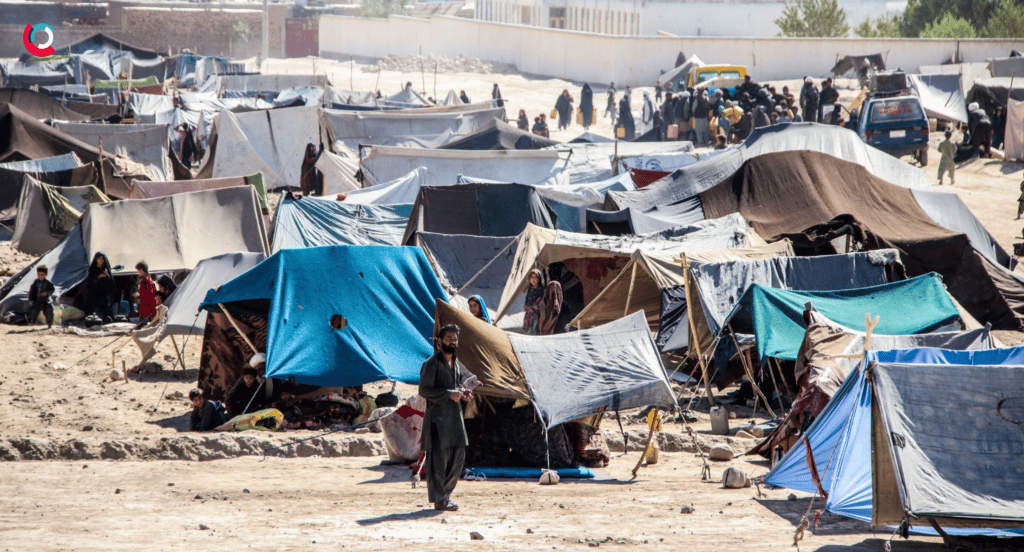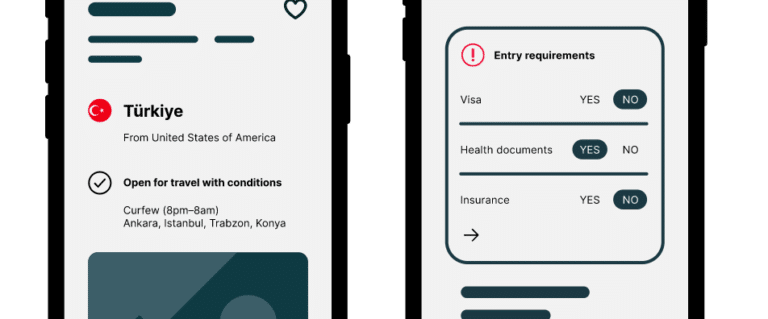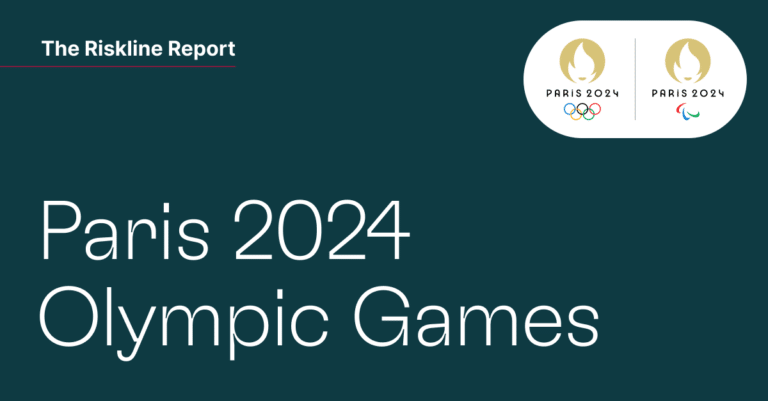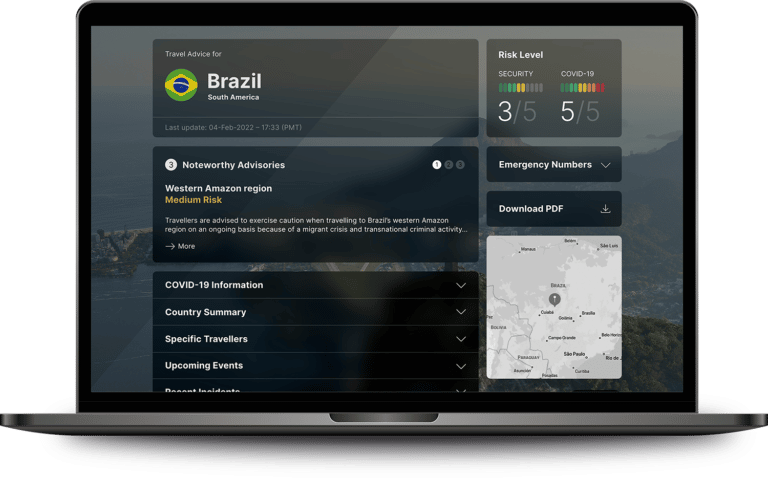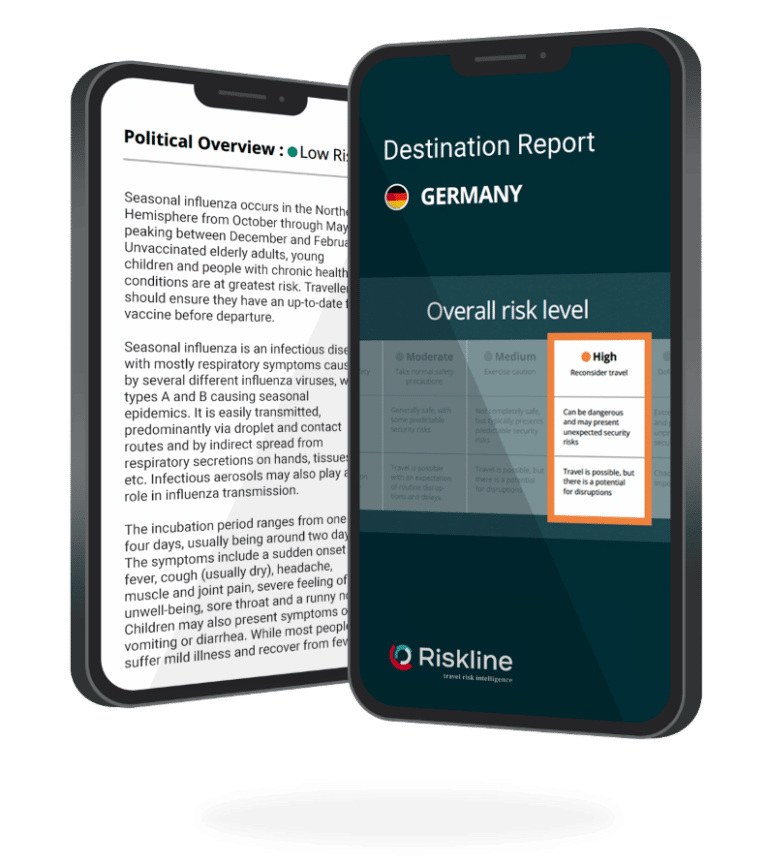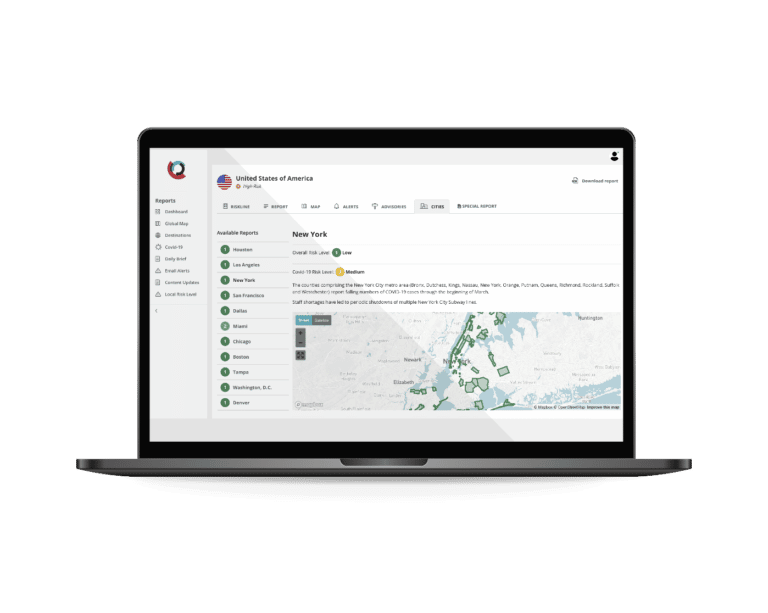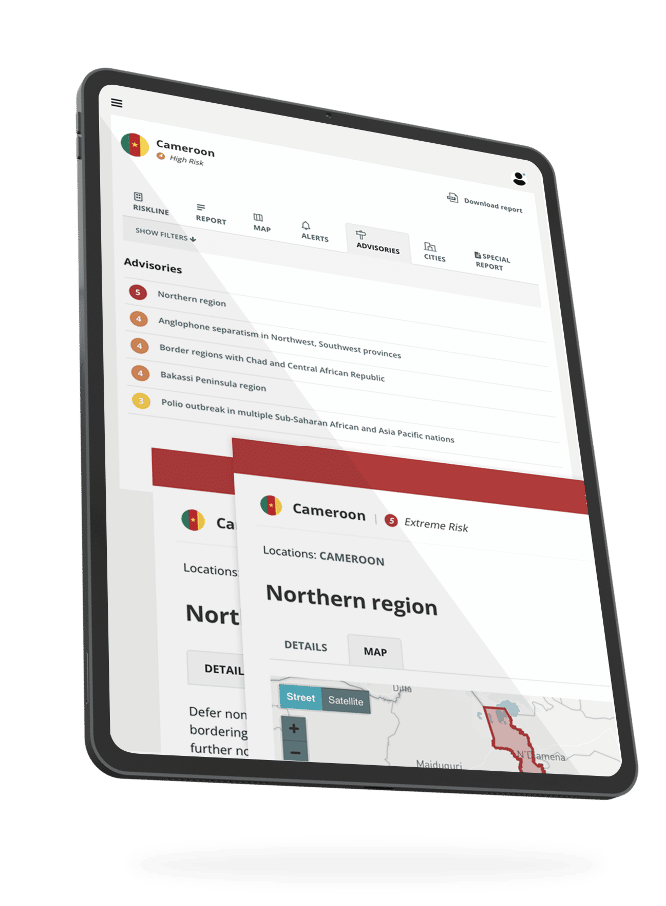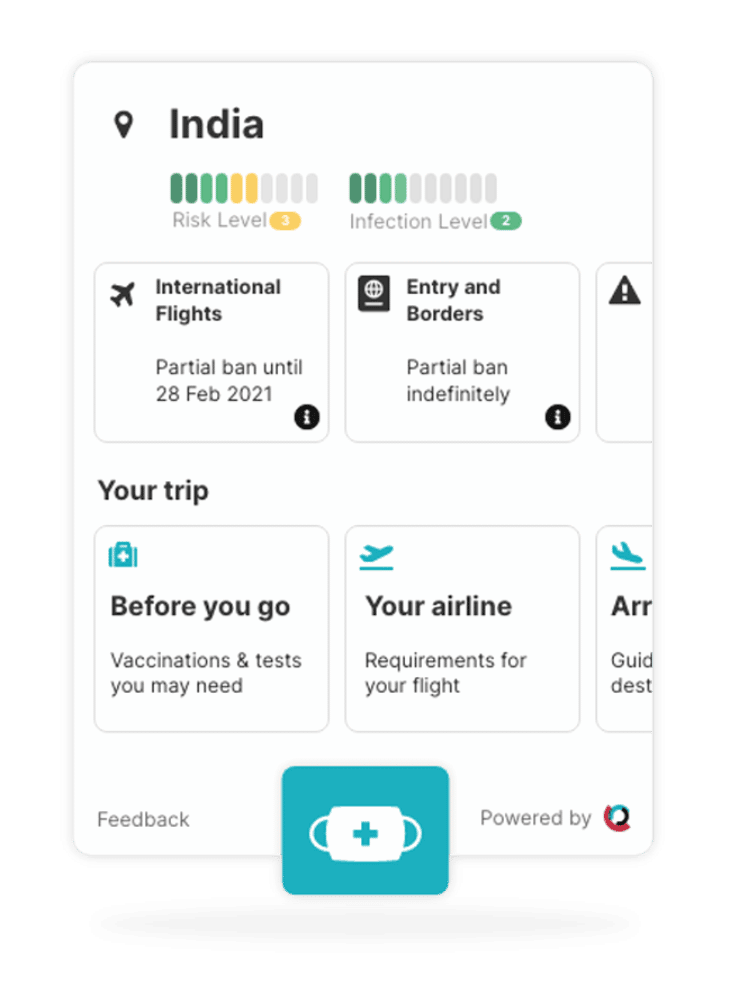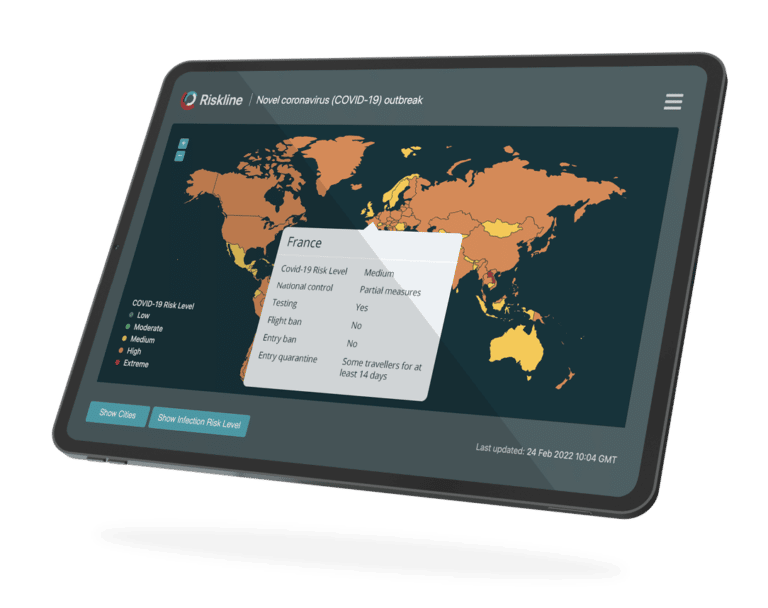By Avantika Deb
Introduction
On 15 August 2021, Taliban forces seized control of Afghanistan’s capital of Kabul, following a months-long military offensive to regain full control over the country amid the withdrawal of United States (US)-led coalition forces. This marked the end of the US’s 20-year war in Afghanistan. The takeover gave a free hand to the Taliban forces to revert back to authoritarian rule and also led to the cut off of foreign aid worth billions of dollars, culminating in a rapidly-worsening humanitarian crisis.
The Taliban takeover
In early 2020, the US and the Taliban signed an agreement that called for the withdrawal of foreign troops from Afghanistan on the condition that the Taliban would not allow Islamist militant groups to operate from Afghanistan. (Nonetheless, on 31 July 2022, a US drone strike killed al-Qaeda leader Ayman al-Zawahiri in Kabul.) The protracted war led to the deaths of over 157,000 people and incurred a cost of around USD2 trillion. After the US declared its full withdrawal would be completed by August 2021, the Taliban expanded its combat operations to regain control of as much of Afghanistan as possible and did so successfully through a combination of bribery and violence.
From 1 May onwards Taliban militants gradually overran urban centres and provincial capitals one after another, before eventually capturing Kabul without resistance after then-president Ashraf Ghani fled to Uzbekistan on 15 August. [See “Riskline Informer, 16 August 2021”] The Taliban assumed control of all international land border crossings, airports and trade routes in and out of the country. The US-backed Islamic Republic of Afghanistan government was overthrown and the Taliban re-established control over the country as the Islamic Emirate of Afghanistan. Despite assurance from Taliban officials that they wanted a peaceful transition of power, clashes, lootings and targeted killings were reported in parts of the country, particularly in Kabul. Tens of thousands of people flocked to Kabul Airport and the country’s land borders in a desperate and chaotic attempt to escape Taliban rule.
Crisis continues unabated
Afghanistan’s humanitarian crisis still remains far from over. A year of Taliban rule has been marked by mass displacement, economic privation and the continuation of low-level violence among rival militant factions. The greatest internal challenge exposing the population to grave human rights violations results from the Taliban’s uniquely harsh interpretation of Islamic law. During their previous rule between 1996 and 2001, Taliban authorities prohibited women from travelling without a male companion and a burqa and banned them from studying or working. The current situation has been no different, despite assurances to the contrary; women have been restricted from going out in public, women’s rights protesters have been detained, tortured or forcibly disappeared, equal access to education has been blocked and forced marriages have increased.
Journalists, activists and minority community members have also been similarly targeted due to a lack of freedom of expression, open threats of violence and extrajudicial killings under Taliban rule. Additionally, rival terror groups such as Islamic State-Khorasan Province (IS-KP) continue to launch deadly attacks against minorities, particularly the Shia Hazaras, which indicates that Taliban authorities do not have control over the country’s security situation. The protection of these communities is low on the list of Taliban priorities. On the other hand, the most prominent external source of the humanitarian crisis is the suspension of foreign aid. The population has been severely hit by the international response to the Taliban takeover, with a freeze on billions of dollars in assistance and the imposition of tough economic sanctions.
The US and other international organisations froze Afghan Central Bank assets worth USD10 billion. A lack of humanitarian aid combined with factors such as skyrocketing prices and natural calamities have posed multiple challenges for the population of 38 million, including a hunger crisis, rising poverty, unemployment, lack of basic healthcare and displacement. According to the World Food Programme (WFP), only two percent of Afghans have enough food and over three million children are malnourished. Tens of thousands who work in the public sector have not been paid in months as a large portion of government expenditures were previously covered by foreign funds. Hospitals are suffering a shortage of medicines and supplies amid outbreaks of COVID-19, diarrhoea, malaria and other infectious diseases. Around 700,000 people were forced to leave their homes and move to other parts of the country in 2021. The situation became even more dire when a destructive earthquake struck southeastern Afghanistan in June 2022, resulting in the death of around 1,150 people and causing widespread damage. The challenges thus seem to be ever-growing with no viable solution in sight.
The Road Ahead
Without renewed engagement by the international community in Afghanistan, the humanitarian crisis is likely to only worsen. Global and regional players thus need to adopt a cautious approach to improve their response. While the United Nations (UN) has renewed its assistance mission to Afghanistan, their responsibilities have become more complex as they are mandated to oversee human rights violations as well. It is unlikely that the internal situation will witness much improvement under the Taliban, who, having managed to return to power and outlasted their opponents’ two-decade efforts at state-building, will remain in control of the country for the foreseeable future.
The international community, particularly the US, thus needs to ensure ways to help the population without encouraging the Taliban’s regressive laws, through targeted sanctions. There needs to be tangible support with greater access to aid and essential services, and enabling the evacuation and resettlement of at-risk and internally displaced individuals. The speed and disorganisation of the US withdrawal precluded a more orderly evacuation of vulnerable people, and visa issues continue to bedevil asylum seekers.
Donor countries need to provide more financial support to local humanitarian organisations, as well as to countries like Pakistan and Iran, which are hosting large numbers of Afghan refugees. Last but not the least, the USD10 billion worth of frozen assets must be made available for relief works, with oversight and fund distribution to the right partners providing support in security, healthcare, food and other essential needs. Ensuring that the Taliban does not simply seize and repurpose the aid will be an ongoing challenge for donor countries but it is necessary to meet it.
Summary
The withdrawal of the US-led coalition forces from Afghanistan in August 2021 resulted in the re-establishment of a reclusive and authoritarian government under the Taliban. The general population is faced with severe humanitarian challenges characterised by food shortages, lack of essential services, poverty and oppression, amid an increasingly unstable security environment. In such a situation, the international community, particularly the US, must come forward to help rebuild the nation by not only assisting with foreign aid, but also ensuring that it is distributed to the right agencies.
Avantika Deb is an India-based political and security risk analyst covering South and East Asia.

